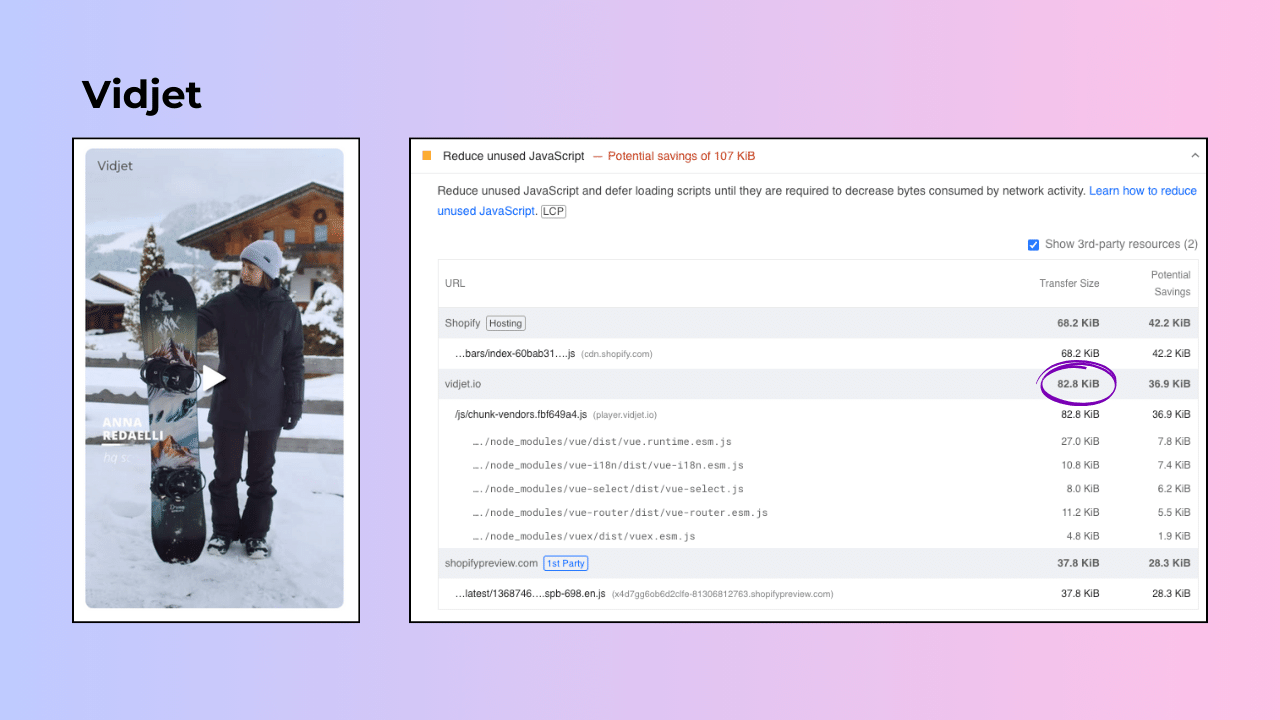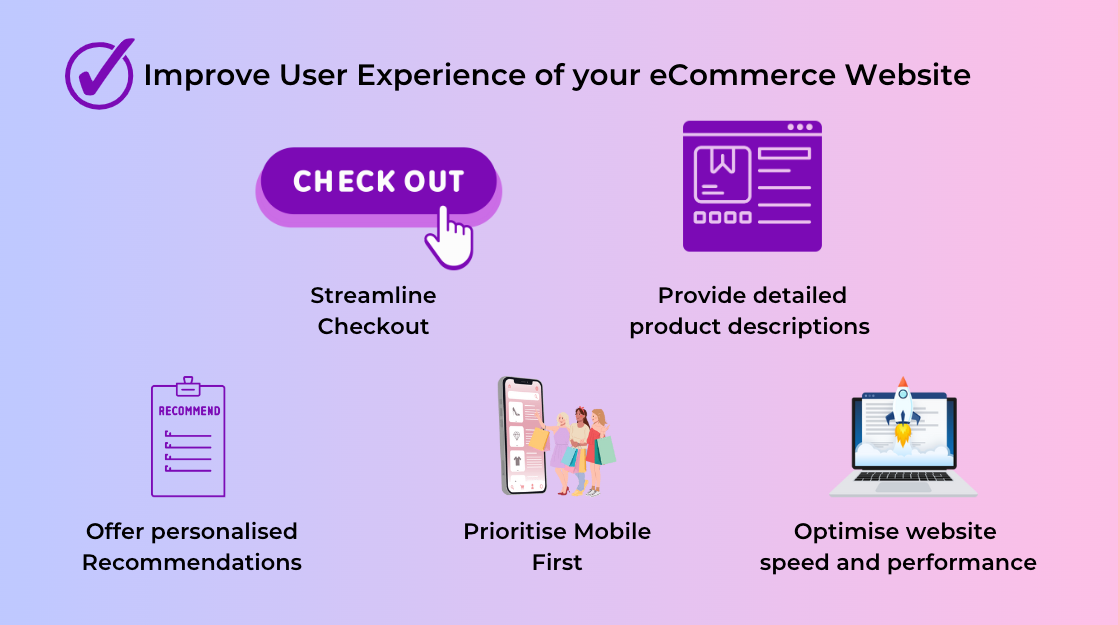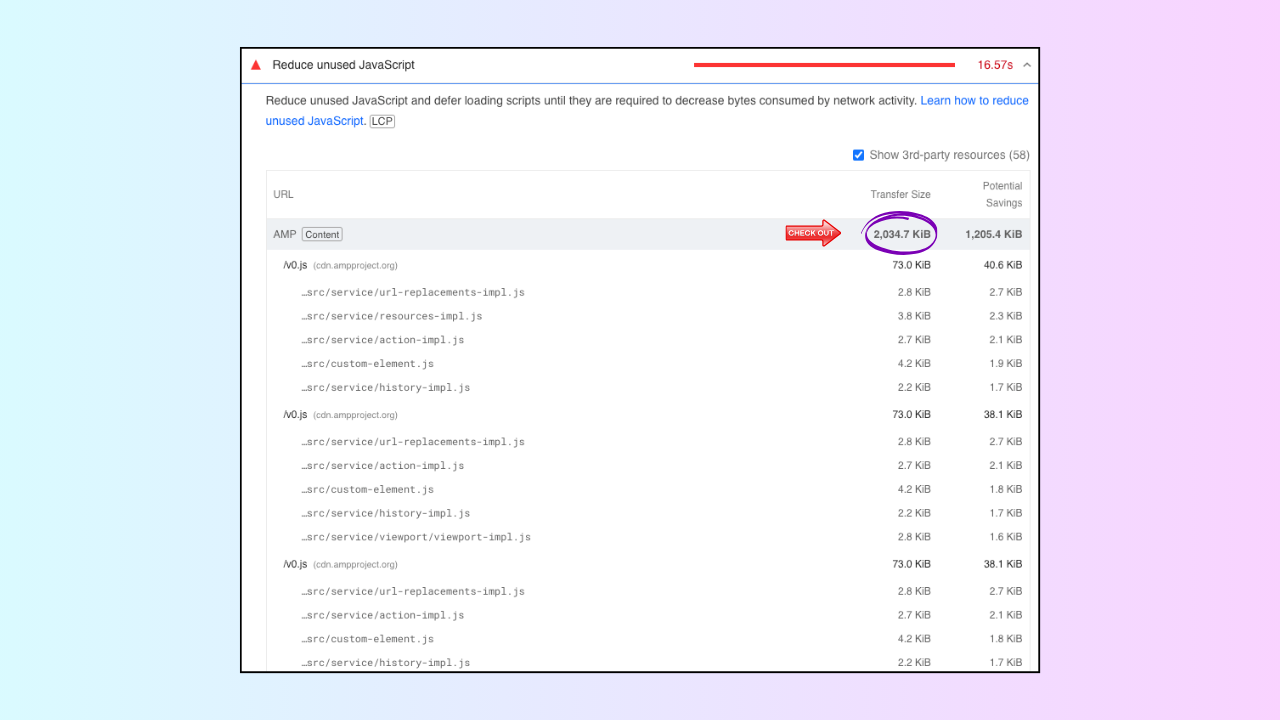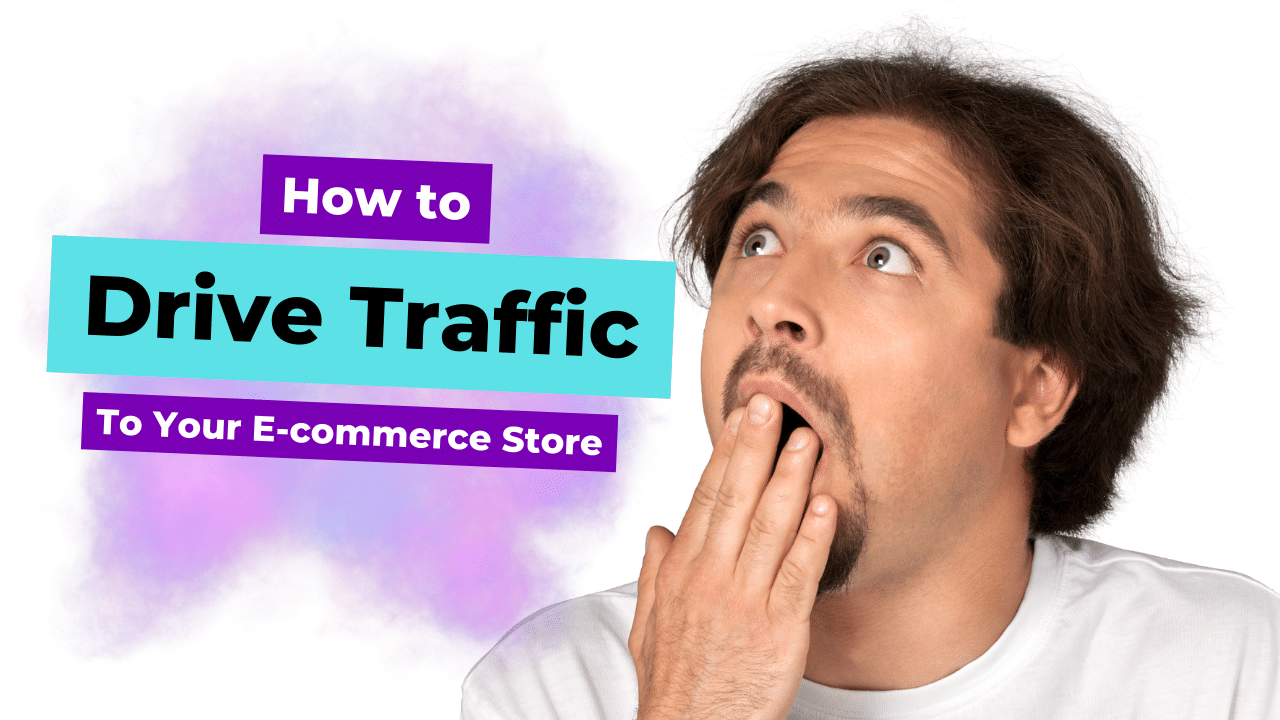Summary
READ ITThe most frustrating aspect for shoppers is waiting in line to access the desired products. During busy events like the Black Friday Sale, you are likely to get tired of waiting and change your mind midway about shopping from that store. The most loved aspect of e-commerce is the convenience of shopping from anywhere, anytime, without waiting. To ensure the best e-commerce website performance, you must prioritize speed and usability.Slowly loading pages leads to higher bounce rates and lost customers. To avoid this, use caching tools, optimize images, and minimize JavaScript. Ensure a user-friendly UI with simple checkout, intuitive navigation, and precise product information.

Regularly evaluate the performance of e-commerce websites and implement real user monitoring to improve current and future performance. In this blog, how to optimize your Ecommerce website for speed, usability, and conversions. Let's begin!
7 Main e-commerce Website Performance Metrics
To understand the various factors that influence ecommerce website performance, you must track ecommerce website performance metrics. These are:
First Content Paint (FCP)
For Google to consider your site as "fast", it is important that you aim for first content paint between 0.1 to 0.8 seconds.
First, content paint is the time taken by the very first image or text on your website to get populated or "painted" when a customer visits.
Largest Content Paint (LCP)
This is measured from the start of the page loading and represents the time taken by the page's most significant content to load.
Google recommends aiming for a score of 2.5 seconds or less in this metric. The fastness of ecommerce websites with a "green" score is evident.
Time to Interactive (TTI)
This refers to the time taken by a page until it becomes interactive and customers can browse it.
Tracking this speed metric is important because not all pages are built after considering content interactivity and visibility.
To avoid non-responsive pages, higher bounce rates, and loss of customers, Google recommends having a TTI score of 0-3.8 seconds.
Interaction to Next Paint (INP)
It measures the performance of your site and how long it takes to respond to user interactions like clicks and key presses. For example, clicking on the add to cart button.
Google recommends this to be under 0.2 seconds.
Cumulative Layout Shift (CLS)
It measures the visual stability of the page and how many elements like images or buttons move around when the page is loading.
Google recommends having a CLS score under 0.1 to ensure a good user experience.
Time to First Byte (TTFB)
This metric measures the time it takes a browser to connect with a server and load the page's contents. It contributes to the overall page speed and leads to improvement in Core Web Vitals.
Google recommends a score of less than 0.2 seconds for this metric. For static content, it should be under 0.1 seconds, whereas for dynamic content, it can be between 0.2 to 0.5 seconds.
Total Blocking Time (TBT)
It is a measure of the total amount of time for which the page was blocked and could not execute user interactions like keyboard presses and mouse clicks.
It is calculated by adding a blocking portion for long tasks between FCP and TTI. Any task that executes for more than 0.05 seconds is a long task. If a task is of 0.07 seconds, then the blocking portion was of 0.02 seconds.
Out of these, the largest content paint (LCP), interaction to next paint (INP), and cumulative layout shift (CLS) are a part of Google's Core Web Vitals.
Evaluating e-commerce Website Performance through User Behaviour
The primary purpose of any ecommerce website is to cater to the needs of its customers and maximize its revenue and returns on investment.
Thus, it is crucial to have an understanding of your ecommerce website performance through the perspective of your users.
The metrics and KPIs that will help you with ecommerce website testing and analysis are:
Shopping Cart Abandonment Rate
It refers to the number of people who add something to their cart but leave without making a purchase. It helps in identifying if there are any issues faced by the customers in the cart or site process before they can reach the checkout process. Based on studies conducted the average abandonment rate is close to 70% implying that online businesses should make an attempt to keep their adandonment rates lower than 70% in order to ensure that more than 3 in 10 consumers actually follow through with a successful checkout.
Checkout Abandonment
It is a measure of the number of people who leave your site without making a purchase, even though they were in the checkout process.
It is important to measure this differently from the shopping cart abandonment metric. It helps in determining whether the root cause of abandonment is in the checkout process or if the problem is entirely different.
Improvements can be brought in this metric by saving customers' carts, persistent reminders, intuitive cart management, and urgency messaging.
Customer Retention Rate
This is the percentage of total existing customers that you have retained over time.
The higher the percentage, the more satisfied your customers are with your services, thereby indicating a good ecommerce website performance and experience.
Customer Lifetime Value (CLV)
It is the total revenue earned by an ecommerce business from each of its customers over time.
This metric represents the average customer loyalty and satisfaction, as well as the viability of your brand.
High CLV is indicative of a successful combination of e-commerce website performance and products in satisfying customer's needs. To ensure steady growth, having a higher CLV is a must.
Repeat Customer Rate
It is a measure of the number of customers that have made multiple purchases from your e-commerce platform. This metric is easy to measure and is very important as it showcases good product-market fit and a well-performing e-commerce website. Studies have shown that most online businesses sell about 20% of their products/services to new customers with almost 60% of their sales coming from existing customers.

Ecommerce Churn Rate
This metric is a measure of customers that your business has lost over a given period.
It helps you identify the presence of potential issues with your ecommerce website performance and implement strategies that make it a joyful and satisfying experience for your customers, thereby reducing the churn rate.
This is an important metric because it is easier to resell to an existing customer rather than gain a new customer. Studies have shown that, 80% of ecommerce app users churn within 4 weeks. Make sure to keep this in mind when trying to maintain a low churn rate and watch success unfold.
Net Promoter Score (NPS)
It is defined by the likelihood of your customers referring you to others. A high number of promoters leads to higher scores. All aspects of your business like product quality, ecommerce website performance, customer experience, and employment experience lead to high NPS.
Bounce Rate
It refers to the percentage of visitors that leave your site without making a purchase. A high bounce rate is indicative of poor ecommerce website performance, like slow loading speed and unintuitive UI. It also indicates that the visitors were unable to find what they were looking for.
Chat Sessions
Chatbots can help with order statuses, product suggestions, troubleshooting recommendations, and website navigation guidance. This is an important KPI to measure if you are adding a chatbot to your e-commerce website. Chatbots provide a unique selling point to your company, while also increasing customer satisfaction and loyalty towards your e-commerce website.
Improving e-commerce Website Performance
Strategies that you can implement to improve your e-commerce website performance are:
Decrease HTTP Request
Simplify web designs, reduce the number of elements and scripts on the webpage, avoid using multiple images, and merge stylesheets to reduce on-page elements. Therefore, the number of HTTP requests made by the browser to the web host.
Use Browser Caching
To speed up loading times, enable local caches and instruct web browsers on the frequency at which they should refresh cached assets from your website.
This leads to web browsers storing files locally on the user's machine, removing the need to contact the server for every file.
Optimize Multimedia
Use image compression tools to ensure that your hero image is under 20 MB and content images are under 500KB.
Embed videos that are short and have low resolution. Use responsive design principles to ensure that the site is speedy, even for users accessing it on smaller devices.

Choose a Better Hosting Service
Choose a hosting service that can quickly respond to your queries. It should also deliver your website through the browser tunnel to optimize performance.
Remove Unnecessary Redirects
To ensure visitors browse your page, remove unnecessary redirects. Companies use redirects to avoid link rot, but it requires the visitors to sit through additional page loading due to multiple redirects before reaching the actual URL.
Implement Mobile-First Designs
The majority of the e-commerce visits are from mobile phones. Implement a mobile-first design that has few decorative elements and simple navigation and interaction features, thus ensuring faster loading times.

Other strategies for improving e-commerce website performance include removing unnecessary pop-ups, regularly auditing plug-ins, using a content delivery network (CDN), compressing text-based files, and enabling asynchronous loading.
To continuously optimize your e-commerce website's performance, regularly monitor user behaviour and use these insights to make the necessary changes. Also, implement website monitoring tools to track changes and get further insights.
E-commerce Website Requires Continuous Optimization Efforts
In the ever-evolving world of technology, where each advancement makes everything faster, smoother, and more convenient to access, consumer expectations regarding e-commerce website performance continue to rise.
Conducting e-commerce website testing to figure out how to meet and exceed these expectations will help you capture a bigger market share and improve customer retention.
Several studies have concluded that e-commerce consumers expect the site load speed to be under 3 seconds. Failing to meet this results in increased bounce rates, lower conversion rates, reduced customer loyalty, and a poor website experience.
Remember, today's online shoppers demand a seamless and speedy experience. Create a platform that fosters customer satisfaction and loyalty, ultimately leading to increased sales and a thriving online business.





